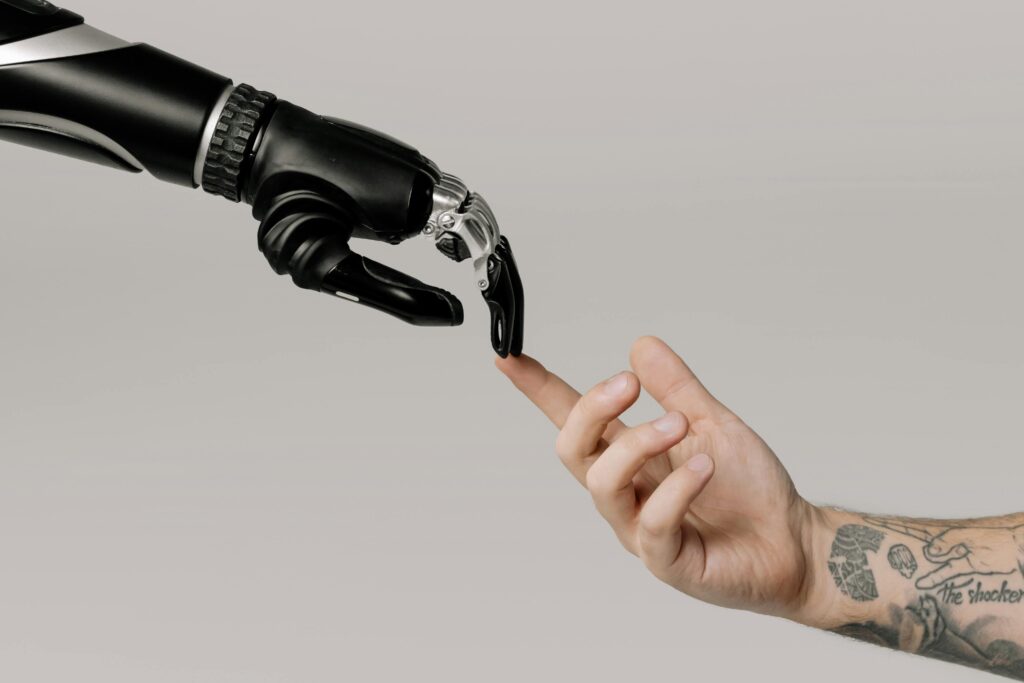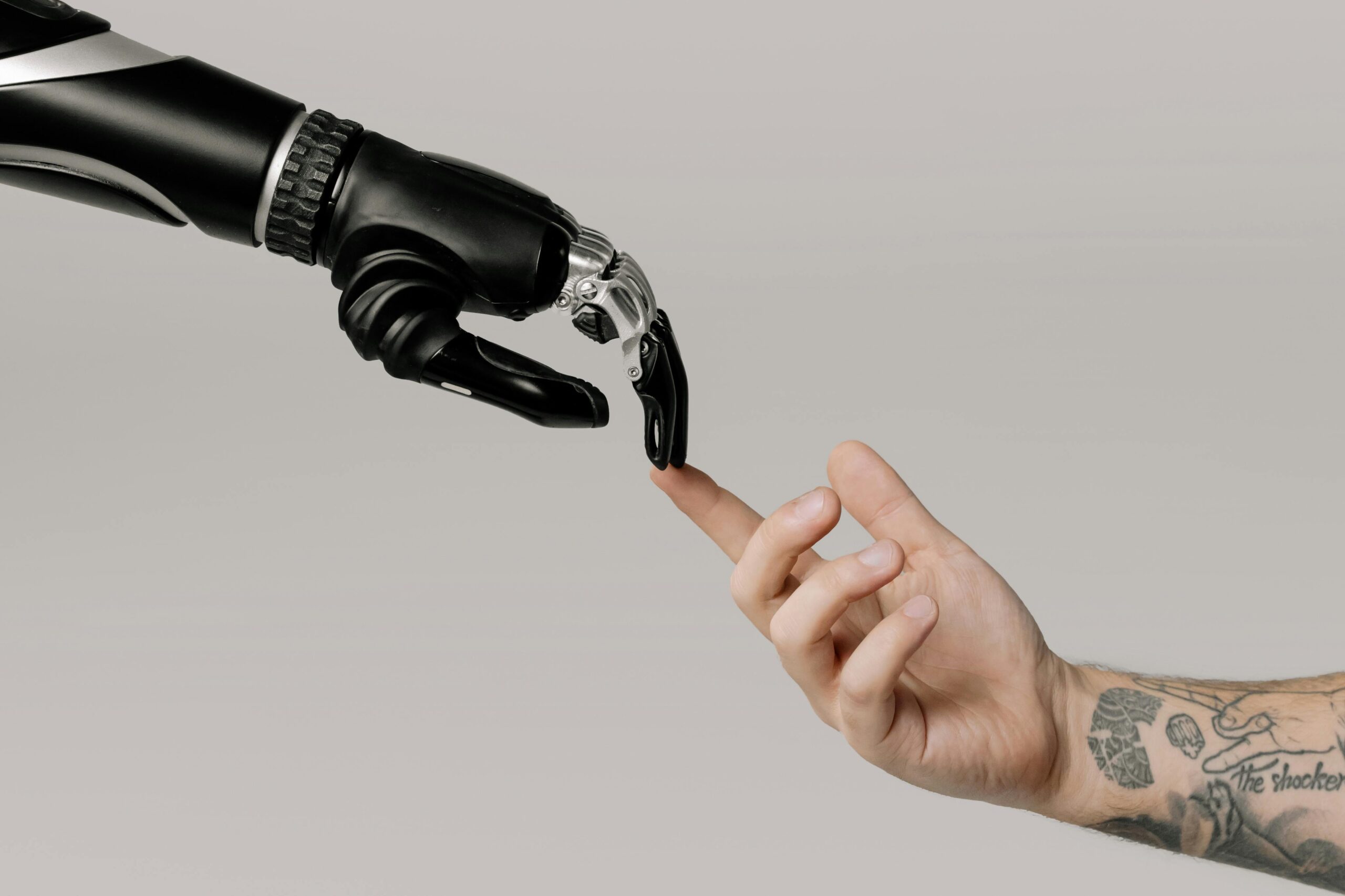When I first heard the term “Artificial Intelligence” or AI, I admit, I was a bit baffled. It sounded like something out of a sci-fi movie, with robots walking around, making decisions just like humans. But as I dug deeper into the subject, I realised that AI is far more grounded in reality, and it’s something we interact with more often than we think.

Understanding Artificial Intelligence
So, what is artificial intelligence? In the simplest terms, AI refers to the development of computer systems that can perform tasks usually requiring human intelligence. These tasks include things like learning from experience (remembering your preferences on Netflix, for example), understanding language (like when Siri answers your questions), and even making decisions (such as recommending the fastest route on Google Maps).
AI isn’t a single technology but rather a collection of different technologies working together. You’ve got machine learning, which allows systems to learn from data without being explicitly programmed; natural language processing (NLP), which enables machines to understand and respond to human language; and robotics, which involves creating physical machines that can perform tasks autonomously.
I remember when I first got into AI, the concept that struck me most was machine learning. The idea that a machine could improve its performance based on data without needing constant updates from a human was fascinating. It’s like having a student who learns by doing, without needing a teacher to hold their hand all the time.
A Glimpse into AI’s History
AI might seem like a new buzzword, but it actually has its roots way back in the 1950s. The term “Artificial Intelligence” was coined in 1956 during a conference at Dartmouth College. At the time, the idea of creating machines that could think like humans was more fantasy than reality. However, this period sparked a lot of interest and set the foundation for the development of AI as we know it today.
One of the earliest successes in AI was a programme called “Logic Theorist,” developed by Allen Newell and Herbert A. Simon in 1955. This programme could prove mathematical theorems, a task previously thought to require human intelligence. This was a big deal at the time because it demonstrated that machines could do more than just follow a set of instructions—they could reason.
But the journey wasn’t all smooth sailing. AI experienced periods of high expectations, known as “AI summers,” followed by disappointing setbacks, termed “AI winters.” These winters happened when the technology failed to meet the ambitious goals set by researchers and funding dried up. It wasn’t until the late 1990s and early 2000s, with advancements in computing power and the availability of large datasets, that AI began to flourish again.
Types of AI: Narrow vs. General
If you’re diving into the world of AI, you’ll often come across two main types: Narrow AI and General AI.
Narrow AI is what we deal with today. It’s designed to perform a specific task, and it does it really well. Think of it like a Swiss Army knife—great at a particular job, but not something you’d use for everything. Examples include voice assistants like Alexa, which are fantastic at understanding speech but can’t cook you dinner (yet).
General AI, on the other hand, is the stuff of science fiction. It’s the idea of a machine that can perform any intellectual task a human can do. Imagine a robot that not only understands and responds to your questions but also reads books, plays chess, and can diagnose medical conditions, all with the same level of proficiency. We’re not there yet, and some experts debate whether we ever will be.
In my early days of learning about AI, I often confused these two. I’d see a smart assistant and think, “Wow, this is AI!”—which it is, but only in a narrow sense. The broader, more generalised AI remains a distant goal, one that scientists are still working towards.
AI in Our Daily Lives
You might not realise it, but AI is already woven into the fabric of our daily lives. If you’ve ever used Google Photos to organise your pictures, you’ve used AI. That’s right—when Google recognises faces in your photos and sorts them into albums, that’s AI at work. It’s using sophisticated algorithms to identify and categorise the images based on patterns it’s learned from millions of other photos.
One of the most impressive uses of AI I’ve come across is in healthcare. AI is being used to analyse medical images, predict patient outcomes, and even assist in surgeries. A while back, I read about an AI system that could detect breast cancer in mammograms with greater accuracy than human radiologists. This isn’t just a cool tech story—it’s the kind of advancement that saves lives.
Another area where AI is making waves is in autonomous vehicles. Companies like Tesla are at the forefront, using AI to develop self-driving cars. These cars rely on a mix of cameras, sensors, and AI algorithms to navigate roads, avoid obstacles, and make real-time decisions. It’s a bit like having a really smart, attentive driver behind the wheel—only this one never gets tired or distracted.
Ethical Implications of AI
Of course, with all the amazing things AI can do, there are also significant ethical considerations. One major concern is job displacement. As AI systems become more capable, there’s a fear that they could replace jobs currently done by humans. While this is true to some extent—think of factory robots replacing assembly line workers—there’s also the argument that AI could create new jobs in areas we haven’t even thought of yet.
Bias in AI is another hot topic. AI systems learn from data, and if that data is biased, the AI’s decisions will be too. For example, if an AI system used in hiring has been trained on data that favours one demographic over another, it could unintentionally perpetuate that bias, leading to unfair hiring practices. This is why it’s crucial to ensure that AI systems are trained on diverse and representative datasets.
Privacy is yet another concern. AI systems, particularly those involved in surveillance or data analysis, can collect vast amounts of personal information. This raises questions about who owns that data, how it’s used, and how to protect individuals’ privacy in an increasingly connected world.
The Future of AI
Looking ahead, the future of AI is both exciting and uncertain. We’re likely to see continued advancements in natural language processing, making it easier for machines to understand and interact with humans in a more natural way. AI’s role in creativity is also growing, with machines now capable of creating art, music, and even writing articles. It’s fascinating to think about how AI might push the boundaries of what we consider “human” creativity.
But with these advancements come challenges. How do we ensure that AI is used responsibly? How do we prevent misuse? And how do we navigate the complex ethical dilemmas that AI presents?
As AI continues to evolve, it’s crucial that we approach it with a balance of enthusiasm and caution. We must harness its potential to improve our lives while being mindful of the risks it poses. Whether you’re a tech enthusiast or just curious about what AI can do, there’s no denying that it’s a technology that will shape our future in ways we’re only beginning to understand.





